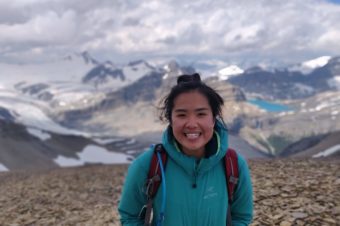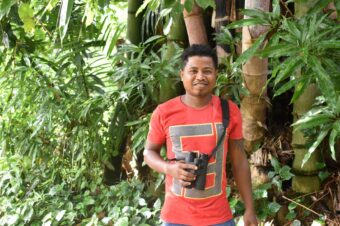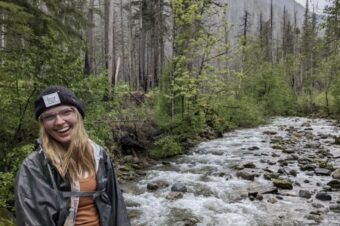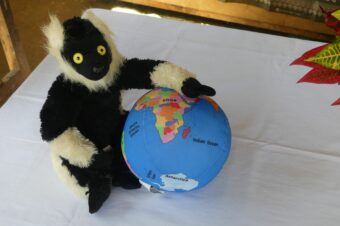Blog by MBP Volunteer, Robin
Photos courtesy of Robin
The first thing that hit me about Madagascar was the level of development or rather the lack of it. For the drive from the capital “Tana” to Kianjavato I had mentally prepared myself, expecting to be shocked by the lack of forest. Whilst there were very few trees remaining until we got close to Ranomafana national park the thing that took me by surprise was the sheer number of people. Madagascar’s population is over 22 million people and it seemed like a lot of these were out and about, using the road to dry rice, transport goods either in baskets on their heads or in wooden carts and moving herds of Zebu cattle. Almost the entire drive was village after village of mud brick houses and wooden huts surrounded by banana plants and rice paddies. Even the small bit of Tana we saw by day seemed distinctly rural.

After 12 hours crammed in the back of a land cruiser with 5 of the Malagasy “immobilisation team” singing along to the ubiquitous Malagasy music I couldn’t tell if it was the same few songs on repeat or just one long song with different parts. Finally we arrived at Kianjavato and set up our tent.

Having been here for a month now, I have gotten a little more used to the hustle and bustle of life in Madagascar. Even Kianjavato which is a small village close to the field station seems to be constantly busy. Before heading into the field each morning we have to head into Kianjavato to get lunches for ourselves and the guides from the numerous street food sellers. After having bought the various types of fried dough or Mofos (pronounced Moufs) and divided them up between us then we either cross the river on a slippery log or get back on the van and head up the road depending on which of the two forest fragments we will be visiting.

The fragments where the lemurs are found are really small but still contain all 3 Lemur species that I have been following (Eulemur rufifrons, Eulemur Rubriventer and Varecia varigata). Vatovavy is furthest from Kianjavato and seems like the most intact fragment. The trees here are tall and the canopy is thick. Apart from vines and small trees there is relatively little undergrowth and the ground is mainly leaf litter. Although it feels nicer to be in this area it is much harder to see the Lemurs as they spend most of the time in the canopy. When they do descend photography is very difficult as the amount of light that reaches the forest floor is minimal.

Sangasanga is just across the river and seems to be mainly a research plantation that has a collection of native Madagascan coffee varieties. The trees here are further apart, paths and undergrowth are constantly maintained and there are signs and plaques noting the different coffee varieties. Although it feels much less wild and not “proper” rain forest it allows much better views of the lemurs which often come down lower in the numerous fruit trees and has much better lighting for photography.

As well as the Lemurs I have been looking out for herps and have seen plenty of snakes, a couple of chameleons, frogs and the highlight of the trip so far a leaf-tailed Uroplatus gecko!












Leave a Reply